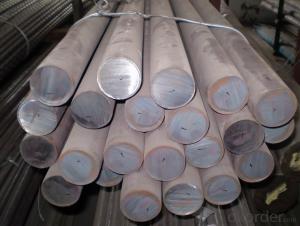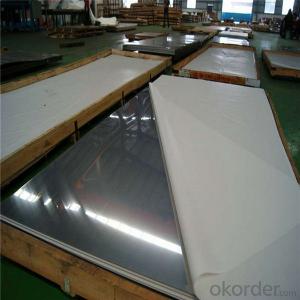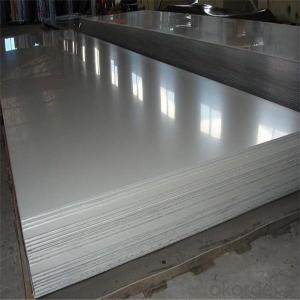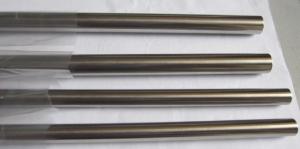2205 Stainless Steel
2205 Stainless Steel Related Searches
Best Paint For Stainless Steel Blanket Insulation For Steel Buildings Primer For Galvanized Steel Foam Filter For Stainless Steel H S Code For Stainless Steel Surface Grinding Wheels For Stainless Steel Surface Grinding Wheels For Hardened Steel Hole Saw For Stainless Steel Paint For Stainless Steel Stainless Steel For BbqHot Searches
Steel Mesh Panels For Sale Price For Stainless Steel Scrap Scrap Price For Stainless Steel Price For Stainless Steel Stainless Steel Tank For Sale Stainless Steel Sheets For Sale Cheap High Tea Sets For Sale Stainless Steel Tanks For Sale Stainless Steel For Sale High Density Fiberboard For Sale Solar Hot Water Collectors For Sale Scaffolding For Sale In Uae Scaffolding For Sale In Ireland Scaffolding For Sale In Houston Type Of Inverter For Solar Price Of Shipping Containers For Sale Types Of Inverter For Solar Stock Price For Aluminum Used Solar Inverter For Sale Steel Mesh Panels For Sale2205 Stainless Steel Supplier & Manufacturer from China
Okorder.com is a professional 2205 Stainless Steel supplier & manufacturer, offers integrated one-stop services including real-time quoting and online cargo tracking. We are funded by CNBM Group, a Fortune 500 enterprise and the largest 2205 Stainless Steel firm in China.Hot Products
FAQ
- Yes, stainless steel pipes can be used for wastewater treatment ponds. Stainless steel is known for its corrosion resistance, durability, and ability to withstand harsh environments. These properties make it suitable for use in wastewater treatment ponds where exposure to chemicals, moisture, and other corrosive elements is common. Additionally, stainless steel pipes are easy to clean and maintain, which is crucial for ensuring the efficiency and effectiveness of the wastewater treatment process.
- Stainless steel pipes are indeed capable of being utilized for architectural purposes. The architectural applications of stainless steel are facilitated by several properties it possesses. Firstly, its resistance to corrosion is incredibly high, a crucial factor for structures that are exposed to the elements. Moreover, the sleek and modern appearance of stainless steel pipes can impart an aesthetic touch to architectural designs. In addition to this, stainless steel is a formidable and long-lasting material that provides structural integrity and longevity to buildings. Its versatility allows it to be incorporated into a variety of architectural elements, including handrails, balustrades, staircases, and structural supports. All in all, due to their combination of corrosion resistance, aesthetic appeal, and strength, stainless steel pipes are a widely favored choice for architectural purposes.
- Stainless steel pipes perform exceptionally well in corrosive environments due to their high resistance to corrosion. The presence of chromium in stainless steel forms a protective layer, known as chromium oxide, which acts as a barrier against corrosion. This makes stainless steel pipes highly durable and reliable, even in harsh and corrosive conditions.
- Stainless steel why rust?
- Stainless steel surface adhesion of organic juice (such as vegetables, soup, sputum), oxygen in the water under the circumstances, a long time, organic acid, organic acid on the surface of metal corrosion.
- Stainless steel pipes are indeed appropriate for sewage treatment plants. This is because stainless steel is an incredibly tough and corrosion-resistant material, which makes it well-suited for the harsh and corrosive conditions commonly found in sewage treatment plants. The material's superior resistance to corrosion prevents the pipes from deteriorating over time, ensuring a lengthier lifespan and reducing the necessity for frequent maintenance or replacements. Moreover, stainless steel pipes possess exceptional hygienic qualities, which are vital for sewage treatment plants to maintain proper sanitation. The smooth surface of these pipes prevents the accumulation of bacteria, biofilm, and other contaminants, making it easier to clean and sustain a high level of cleanliness. Additionally, stainless steel is environmentally friendly since it is entirely recyclable, thus contributing to sustainable practices in sewage treatment plants. In summary, stainless steel pipes are a dependable and suitable option for sewage treatment plants due to their durability, resistance to corrosion, hygienic properties, and eco-friendliness.
- The density of stainless steel pipes can vary depending on the specific grade of stainless steel used. However, the typical density range for stainless steel pipes is between 7.9 to 8.0 grams per cubic centimeter (g/cm³). This density is relatively high compared to other materials, which contributes to the strength and durability of stainless steel pipes.
- Yes, stainless steel pipes can be used for architectural applications. Stainless steel is known for its durability, corrosion resistance, and aesthetic appeal, making it an excellent choice for various architectural projects such as railings, handrails, facades, and decorative elements. Its versatility, strength, and ability to withstand harsh weather conditions make it an ideal material for architectural applications.














































